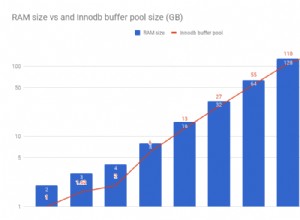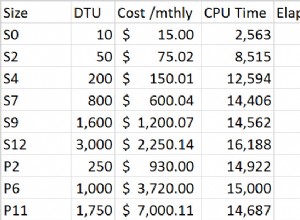Możesz ztokenizować ciąg na wszystkie jego składowe liczbowe, a następnie znaleźć maksimum:
select max(to_number(
regexp_substr('sdfAB98:(hjkl,)AB188(uiop)uuuAB78:jknd', '(\d+)', 1, level))
) as max_value
from dual
connect by regexp_substr('sdfAB98:(hjkl,)AB188(uiop)uuuAB78:jknd', '(\d+)', 1, level)
is not null;
MAX_VALUE
----------
188
lub
select max(to_number(
regexp_substr('sdfAB98:(hjkl,)AB188(uiop)uuuAB78:jknd', '(\d+)', 1, level, null, 1))
) as max_value
from dual
connect by level <= regexp_count('sdfAB98:(hjkl,)AB188(uiop)uuuAB78:jknd', '\d+');
MAX_VALUE
----------
188
Jeśli potrzebujesz uzyskać wartości z wielu wierszy, potrzebujesz połączenia, aby dopasować identyfikatory, a także musisz dołączyć odwołanie do niedeterministycznej funkcji, aby zapobiec zapętleniu; z dwiema wartościami w CTE:
with your_table (id, str) as (
select 1, 'sdfAB98:(hjkl,)AB188(uiop)uuuAB78:jknd' from dual
union all select 2, '123abc456abc78d9' from dual
)
select id, max(to_number(regexp_substr(str, '(\d+)', 1, level, null, 1))) as max_value
from your_table
connect by prior id = id
and prior dbms_random.value is not null
and level <= regexp_count(str, '\d+')
group by id;
ID MAX_VALUE
---------- ----------
1 188
2 456




